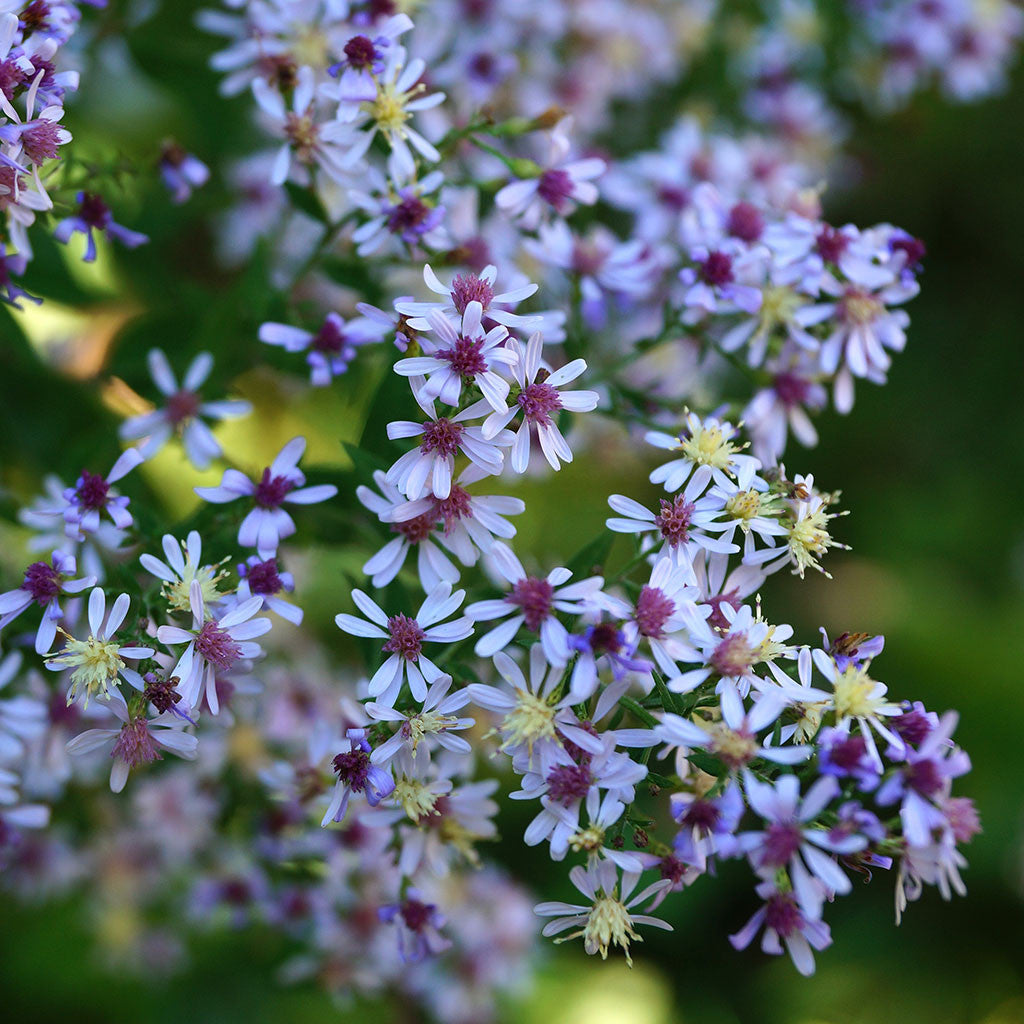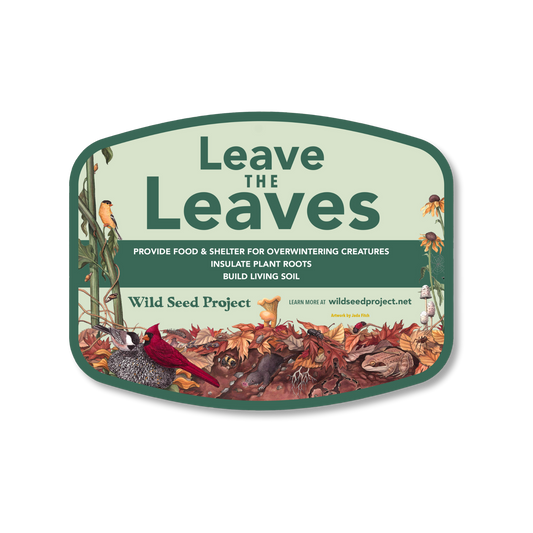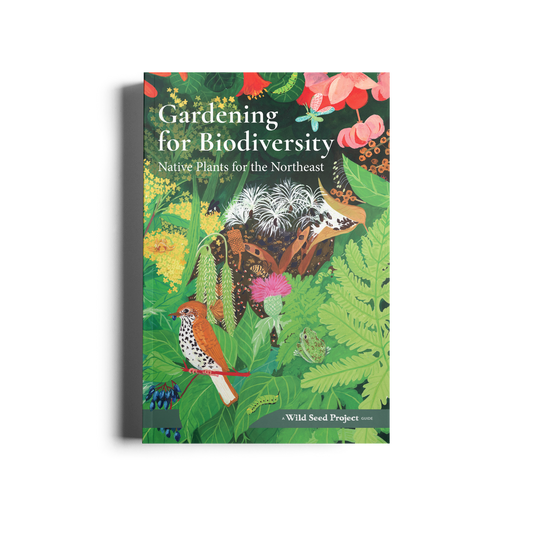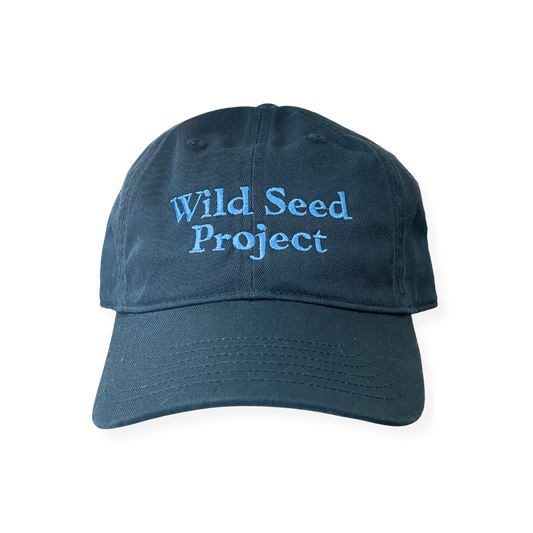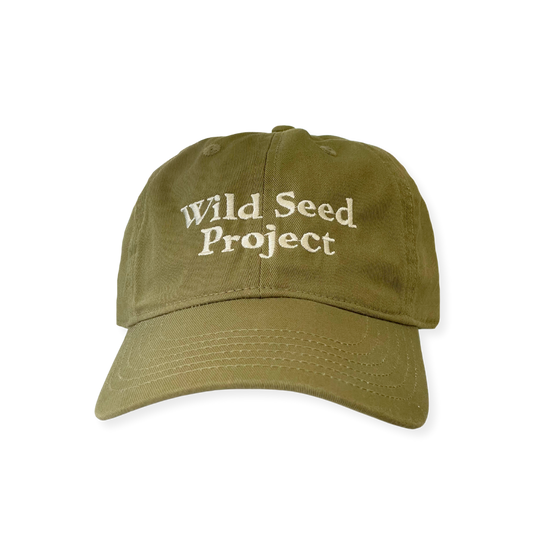Asters — Blue-wood aster (Symphyotrichum cordifolium) Seeds
Asters — Blue-wood aster (Symphyotrichum cordifolium) Seeds
In stock
Couldn't load pickup availability
A fall-blooming aster with billowy lavender blue daisy-like flowers and heart-shaped leaves that thrives in woodland edges or disturbed areas with poor soil. Great urban plant. Attractive to bees and butterflies.
Native to Maine: Yes
Growing conditions: Full to part shade in medium to dry soil
Grows up to: 2'
Blooms: In early fall
Pairs well with: Blue-stem goldenrod, New York fern, white snakeroot, large-leafed wood aster, and marginal wood fern
Natural habitat: Wet meadows and ditches
Seeds per packet: 50-100
These seeds do not need a winter or cold period to germinate - rate of germination may be higher if the seeds are exposed to a period of cold, but it is not required. Sow outdoors in pots November through April. A great species for beginner seed-sowers.
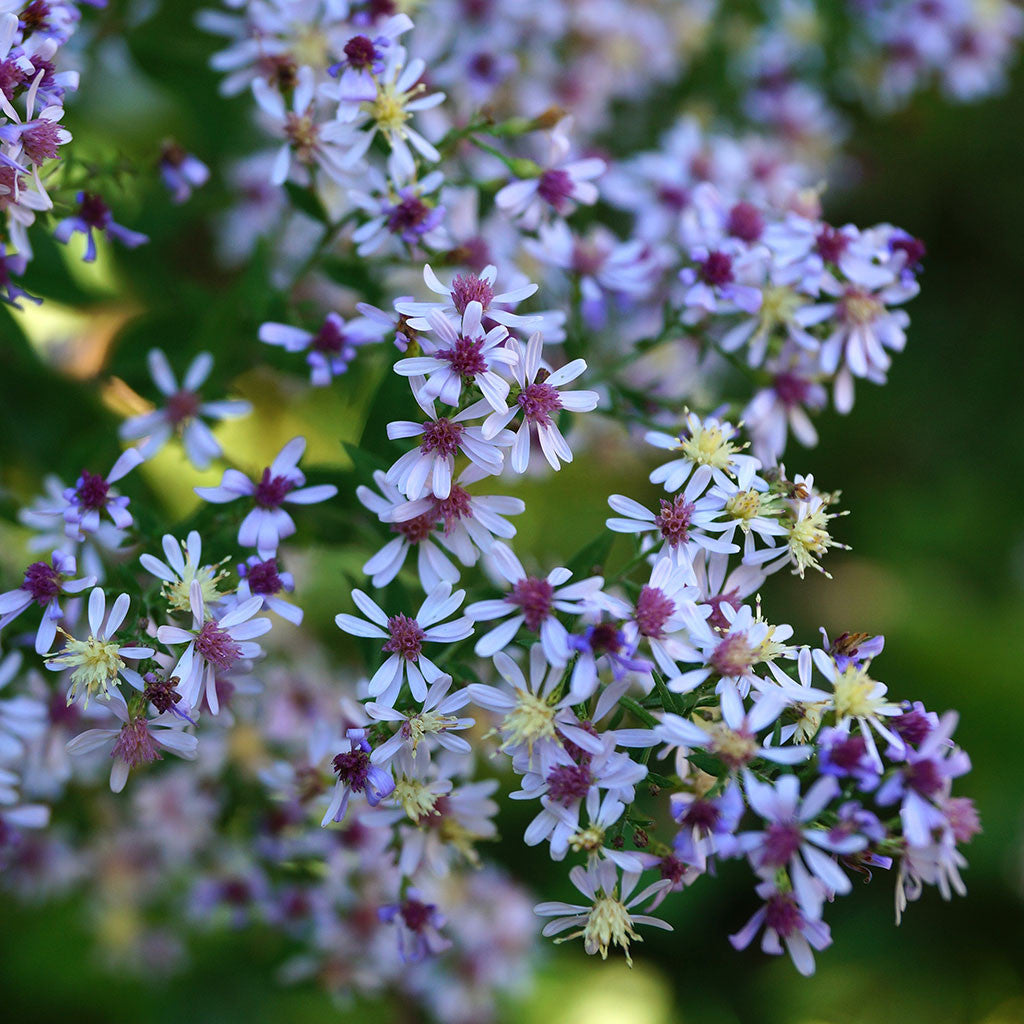
More from Wild Seed Project
-
Leave the Leaves Yard Sign
Regular price $ 23.80 USDRegular priceUnit price / per$ 28.00 USDSale price $ 23.80 USDSale -
Gardening for Biodiversity: Native Plants for the Northeast
Regular price $ 22.00 USDRegular priceUnit price / per -
Classic Logo Hat in Blue
Regular price $ 26.00 USDRegular priceUnit price / per$ 30.00 USDSale price $ 26.00 USDSale -
Classic Logo Hat in Moss
Regular price $ 26.00 USDRegular priceUnit price / per$ 30.00 USDSale price $ 26.00 USDSale
